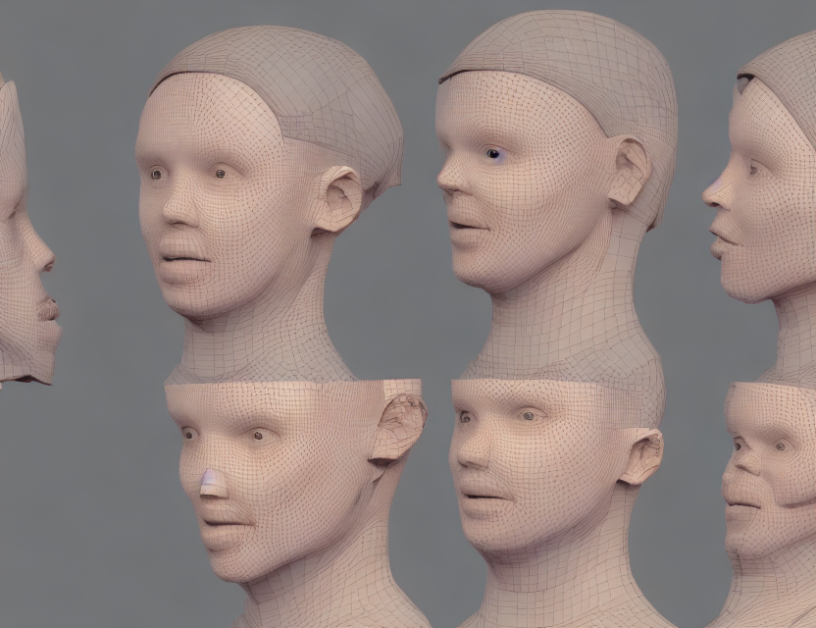In this paper, researchers explore a new technique for generating photorealistic images using neural networks. The approach is called "deferred neural rendering," which involves creating an image synthesis process that can be controlled by a text-based input. This allows users to generate detailed and personalized images of faces with just a few words or phrases, such as "smiling face" or "angry expression."
The key innovation of deferred neural rendering is the use of neural networks to create texture maps that can be combined with 3D models of faces to produce highly realistic images. These texture maps are learned from a large dataset of images and can capture subtle details such as facial expressions, lighting, and shading. By combining these textures with a 3D model of a face, the neural network can generate a photorealistic image that meets the user’s desired specifications.
The authors demonstrate the effectiveness of their approach by generating a wide range of images using deferred neural rendering, including faces with diverse expressions, poses, and lighting conditions. They also show how their technique can be used to create real-time animations of faces, which could have applications in areas such as virtual reality, video games, and film production.
One limitation of the current approach is that it relies on a large dataset of images to train the neural networks, which can be time-consuming and costly to create. However, the authors suggest that this issue can be addressed by using data augmentation techniques to generate additional training data from a smaller initial dataset.
In summary, deferred neural rendering is a powerful technique for generating photorealistic images of faces using text-based inputs. By leveraging the power of neural networks and 3D modeling, this approach has the potential to revolutionize the field of computer graphics and open up new possibilities for creative applications such as virtual reality, animation, and film production.
Computer Science, Computer Vision and Pattern Recognition
Efficient and Controllable 3D Face Reconstruction via One-Shot Inversion of StyleGAN2 Latent Code



